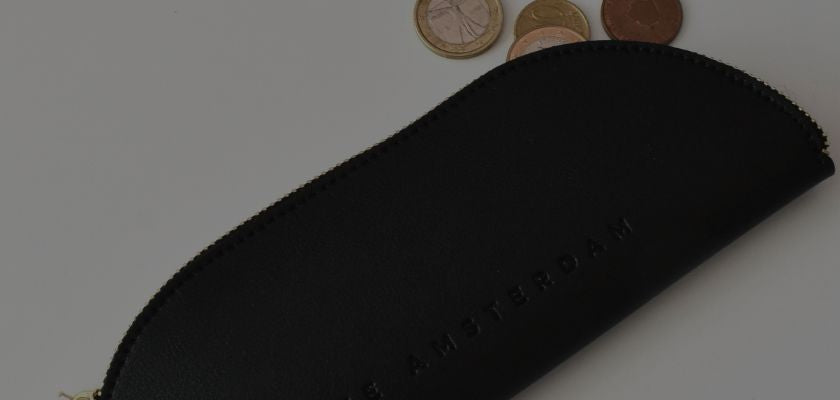
Recovering a budget plan after a financial setback: how to start over
Share
Don't panic, you're certainly not alone. And good news: you can make a fresh start today. In this blog post, we'll take you step by step to rebuild your budget. No strict rules, just practical tips and a little motivation.
Step 1: Map out your situation
Before you can continue, it's helpful to know where you stand. That means writing everything down. Pen and paper work well, or use a spreadsheet if you prefer.
Consider this:
- income (salary, allowances, freelance assignments, etc.)
- fixed costs (rent, energy, health insurance, etc.)
- variable costs (groceries, gasoline, clothing, outings)
- outstanding debts or arrears
Don't be alarmed by what you see. This is just your starting point. Everyone starts somewhere.
Step 2: Take a critical look at your expenses
Now that you've written everything down, you can determine what's truly necessary and what can wait. Start with the basics: rent, groceries, transportation, healthcare. The rest will come later.
Many people find peace of mind when they physically divide their money using the cash stuffing system . You put cash by category in an envelope or budget binder. This way, you set a clear limit: once it's gone, it's gone. We have handy budget binders and envelopes to get you started.
Examples of envelope categories:
- groceries
- transport
- personal expenses
- buffer (for emergencies)
Step 3: Start with small goals
If you're just getting out of a rough patch, you don't have to start saving hundreds of euros right away. Start small. For example:
- This month I want to put aside 25 euros
- I don't want to spend anything for three days a week
- I want to build up a buffer of 100 euros
You can make it easier and more fun for yourself with, for example, our savings challenges , such as the 52-week challenge .
Step 4: Choose a method that suits you
Not everyone works the same way, so choose a budgeting method that suits you and your life. Here are a few options:
- cash stuffing : categorizing cash (check our starter sets )
- zero-based budgeting : allocating every euro to a task
- 50/30/20 rule : 50% for fixed costs, 30% for fun things, 20% for savings or debts
Cash stuffing works well for many people because it provides an overview and helps you become more aware of your spending.
Step 5: Make it a habit
Schedule a fixed time each week to review your finances. It doesn't have to take long. Make a cup of tea, grab your budget binder or envelopes, and look at how your week went. Does anything need to be adjusted? What went well?
A budget planner or a simple habit tracker can help you with this. It doesn't have to be perfect, as long as you keep monitoring.
Finally, be gentle with yourself
The fact that you're reading this speaks volumes: you want to change something. And that deserves a compliment. Don't expect everything to go smoothly right away. Every step counts, no matter how small.
Want to get started right away? Check out our cash stuffing starter kits and choose the one that suits you. Take that first step today.
